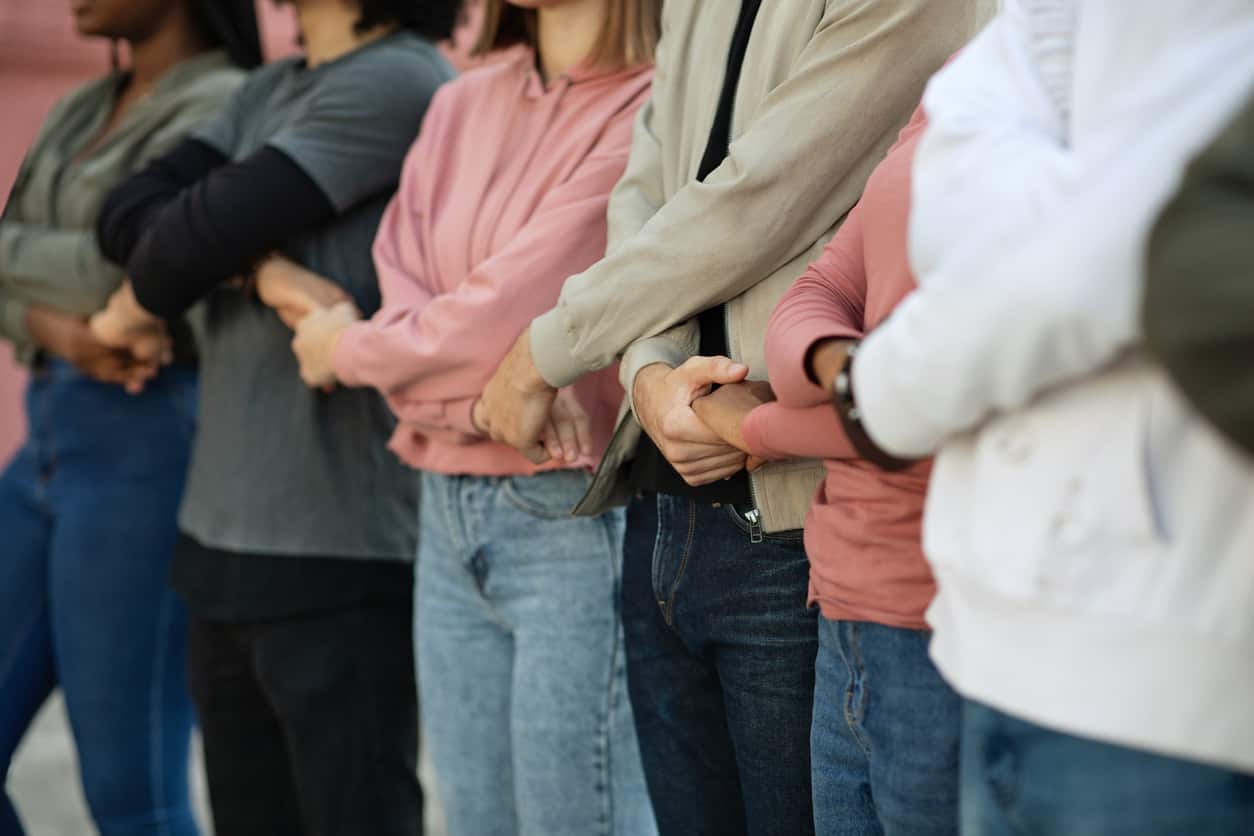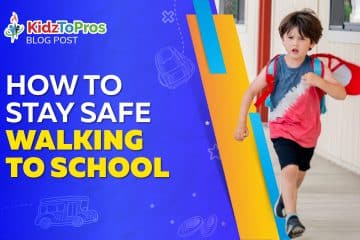How Kids Can Spot and Stop Bullying in Schools

Bullies turn normal, happy school days into nightmares. Parents and teachers certainly play a part in preventing these incidents from happening. But bullied kids also need allies – other kids who spot and stop bullying in schools.
Help your kids
When parents or teachers hear or witness a bullying incident, they must take it seriously.
Each school or district should have a written anti-bully policy. This usually involves prevention plans and solutions. In rare cases, it may involve contacting legal authorities.
Students can also help prevent bullying. They stop initial threats from growing into something far worse. Children have a certain amount of power. Let’s help them harness that power in positive ways – to understand what motivates bullies and how to help victims.
Cause for concern
Friends tease each other. When kids are joking around, the vibe is usually playful and fun. When kids start causing pain, that’s when teasing has gone too far. This involves:
- Name-calling
- Pushing, hitting or threatening to do so
- Mocking
- Spreading rumors
These take place in person or on social media. If the goal is to physically or emotionally harm someone, it’s bullying.
What motivates a bully?
A bully is a deeply troubled student who:
- harms or intimidates others.
- needs to feel in control.
- might be a victim of abuse.
- lacks empathy.
Click here for more signs of bullying behavior.
Ways that kids help prevent or stop bullying
Awareness.
Schools with anti-bullying campaigns report fewer bullying incidents. Campaigns promoting self-care and mental health awareness also prevent violent episodes in schools.
Give kids the information they need to deal with anger and frustration. For instance, peer support groups provide a safe place for kids to talk with other kids. They share their problems and sometimes just need to be heard.
Kids can also get together and mediate when problems arise. Conflict resolution groups find nonviolent solutions for problems between students. Through role-playing scenarios, kids relate to each other in healthier ways.
A sponsor or teacher is on hand for questions, but the kids themselves advise each other in ways that other kids understand.
Start a buddy system.
This encourages accountability. Students pair up – two by two – and accompany each other around campus so no one is ever alone.
This works for bathroom breaks, field trips, or anything that takes a student out of class.
Use humor.
Naturally funny kids diffuse violent episodes all the time by making people laugh. They tell a joke or bring up a funny video. Some imitate teachers or other students in a way that isn’t insulting.
Starting improv groups at schools or hosting open mic nights for young comedians normalizes this healthy coping mechanism.
Stand tall.
Students create a campaign where people see a bullying incident and simply stand up in support of the victim.
An ally walks over and stands silently next to him/her. They fold their arms. This signals to others that a potentially abusive situation is occurring. It encourages other allies to join them in standing.
There is comfort in numbers.
The bullied person feels stronger knowing there are others on her/his side. The allies feel good about helping to prevent a bad situation from getting worse. And the bully usually backs down because it’s now a crowd of emboldened students against him/her rather than just one scared victim.
Memorize a mantra.
In the heat of the moment, bullying victims rarely know what to say to their bully. If they practice ahead of time, repeating a chosen mantra often, it can be memorized.
Bystander students can also recall sayings or mantras easier during emotional moments if they’re memorized. This helps empower victims, encouraging them to feel better about sticking up for themselves.
Here are some examples:
– “Enough.”
– “Back up.”
– “Get away from me/them.”
– “Stop it right now.”
Kids can come up with their own sayings and choose words that are natural to them. Take turns practicing these phrases in calm, direct voices. Not too loud, not too soft.
Or students can say a specific phrase that lets everyone know there is a bullying situation happening. Students understand that when they hear this phrase, help is needed right away.
Divert attention.
When kids see someone bullied, they step in and ask an unrelated question:
“When are we supposed to be at the rally tonight?”
“Hey, I’ve been looking for you. Come with me to see something.”
“I know a teacher who’s been looking for you. Let’s go.”
This is an effective way to help someone without calling attention to it. The bully can step back without appearing weak. The intended victim can get out of the situation without feeling embarrassed.
Tell a trusted adult.
Students know who to trust among the faculty. They create a chain of communication where trusted adults are alerted when there is a problem or emergency.
This also takes the heat off the bullied student who might feel like they’ll be called names or shunned if they tell on someone themselves.
Leadership skills
Kids host workshops where they practice leadership skills.
They role-play scenarios making eye contact and staying calm. Practicing these interactions helps kids internalize them. The more they practice, the easier it is to stay brave and focused when the time comes.
Create an inclusive atmosphere
Make sure that clubs, sports, or other extra-curricular activities are open to all students. Involvement builds confidence and creates positive relationships.
Make it a school norm to reward kindness on a daily basis. This will encourage bullies to seek help and find positive attention-seeking behaviors rather than destructive ones.
Create support groups
Not every bullying incident can be prevented. Create a support system for when problems arise.
Kids need a way to talk about what’s happened to them. Schools need safe spaces where kids can discuss abuse and integrate ways to heal.
These are also opportunities for kids to show each other compassion and empathy. Peers validate when bullying occurred and find ways to prevent it from happening again.



0 Comments